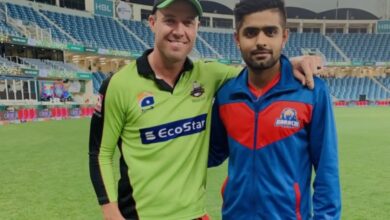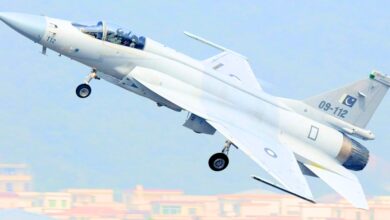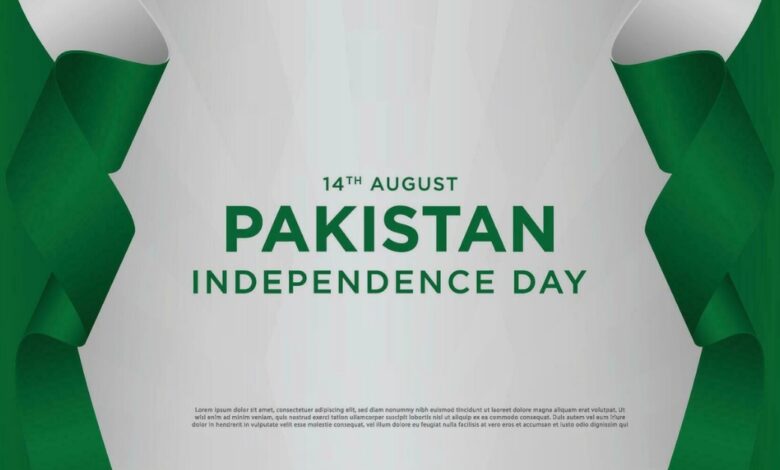
14 August Independence day of Pakistan is a national holiday in Pakistan.It marks the day when Pakistan became independent and a separate country after the end of British rule in August 1947.
Was Pakistan Created on August 14 or 15?
There is some confusion about the exact date of Pakistan’s creation. While the Indian Independence Bill came into effect on August 15, 1947, Pakistan’s independence is often celebrated on August 14. This date is recognized as Pakistan’s Independence Day, even though the formal transfer of power officially happened on August 15.
Background on the Separation
The division of British India in 1947 created two separate countries: India and Pakistan. Pakistan was divided into two regions, West Pakistan (now Pakistan) and East Pakistan (now Bangladesh). This separation led to ongoing disputes and conflicts between the two countries, particularly over the Kashmir region.
India and Pakistan fought wars in 1947-48, 1965, and 1999 over Kashmir. In 1971, a significant conflict occurred when India supported the independence movement in East Pakistan, which eventually led to the creation of Bangladesh.
This historical context explains the long-standing tensions and complex relationship between India and PakisIndependence Day in Pakistan
What is it? Independence Day (Urdu: یومِ آزادی, romanized: Yaum-i Āzādī) is celebrated every year on August 14 in Pakistan. It is a national holiday that marks the day Pakistan became an independent country.
Why is it important? On August 14, 1947, Pakistan gained independence from British rule. This happened because of the Pakistan Movement, which aimed to create a separate Muslim state in the north-western regions of British India. The movement was led by Muhammad Ali Jinnah and the All-India Muslim League. The Indian Independence Act 1947 made this possible, ending British rule and establishing Pakistan, which then included West Pakistan (now Pakistan) and East Pakistan (now Bangladesh).
How is it celebrated? The main Independence Day event happens in Islamabad, the capital of Pakistan. Here, the national flag is raised at important buildings like the Presidential and Parliament buildings. The day includes the national anthem, speeches by leaders, and live broadcasts.
People celebrate Independence Day with various activities:
- Flag-raising ceremonies: Flags are raised at homes, vehicles, and public places.
- Parades: There are parades featuring cultural displays.
- Cultural events: Festivities include music, dance, and performances.
- Patriotic songs: People sing and play songs that celebrate Pakistan.
This special day often falls on 27 Ramadan of the Islamic calendar, which is considered a holy night in Islam.
Pakistan Movement
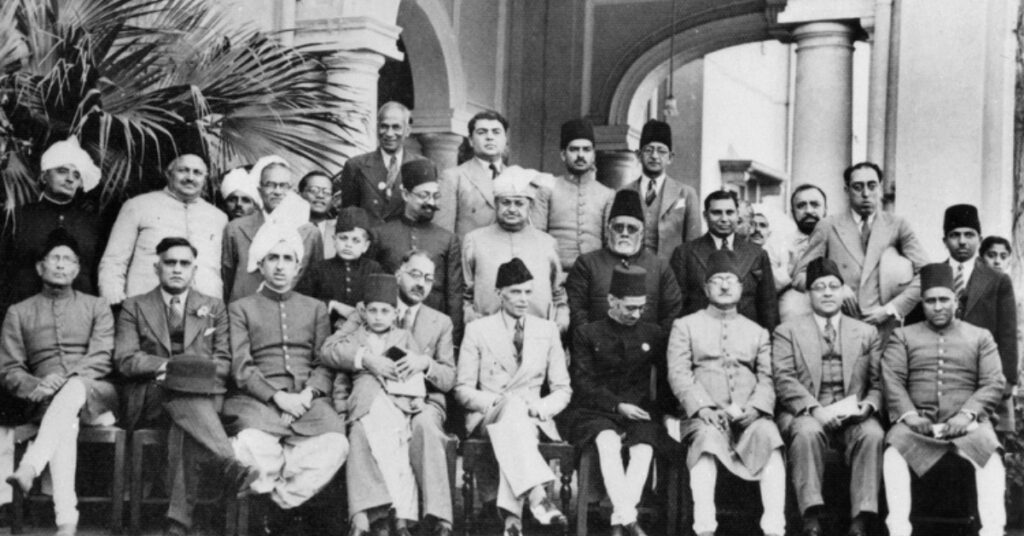
The Pakistan Movement
What was it? The Pakistan Movement was a political effort in the early 20th century aimed at creating Pakistan from the Muslim-majority regions of British India. It was driven by the desire for Muslims to have their own independent country. Muhammad Ali Jinnah, a lawyer and politician, led this movement after the Lahore Resolution was passed by the All-India Muslim League on March 23, 1940.
How did it start? The movement was built on the foundation laid by the Aligarh Movement, led by Sir Syed Ahmed Khan, which helped prepare for the Pakistan Movement and later contributed to the leadership of the new country. The All-India Muslim League was formed soon after, marking the beginning of the movement for Pakistan.
Who was involved? Many leaders of the Pakistan Movement were educated in Britain or at Aligarh Muslim University. Graduates from the University of Dhaka also joined the movement.
What were its goals? The Pakistan Movement was part of the larger Indian independence movement but focused on creating a new country to protect the interests of Muslims in British India. Urdu poets like Iqbal and Faiz used their writing to inspire and raise political awareness. Iqbal is known as the “spiritual father” of the movement.
Role of Religious Leaders Two groups of religious leaders, or ulema, were involved:
- The Madani Group, which supported a united India.
- The Thanwi Group, which supported the creation of Pakistan.
Leaders like Shabbir Ahmad Usmani and Zafar Ahmad Usmani, who were important in the movement, later raised the Pakistani flag in Karachi and Dhaka.
Outcome Despite many challenges, the movement succeeded in establishing Pakistan on August 14, 1947. This also led to the partition of India into two separate countries: India and Pakistan. The movement resulted in defining the borders and populations of West Pakistan (now Pakistan), East Pakistan (now Bangladesh), and India.
History of the movement
Changes in Education in the Early 19th Century
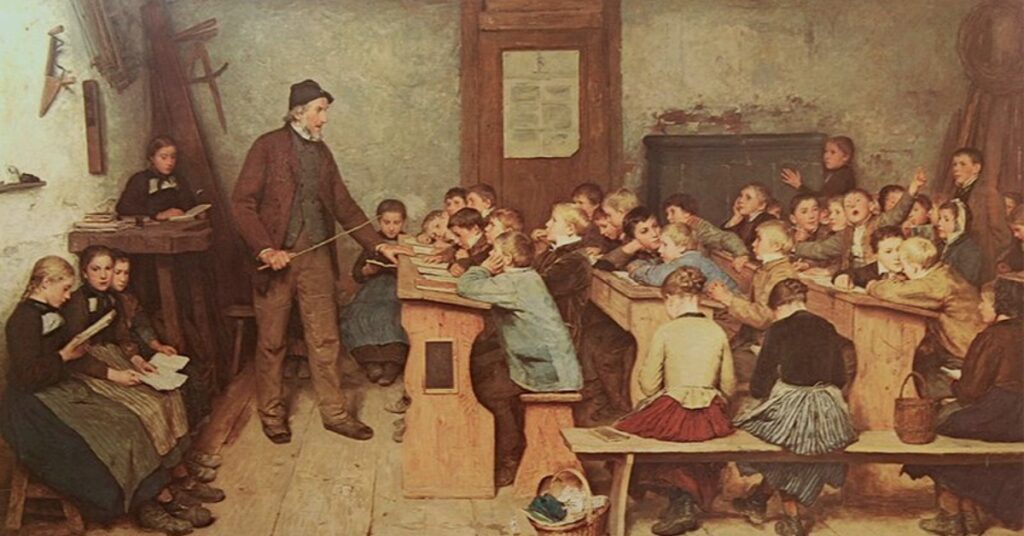
In the early 19th century, Lord Macaulay made big changes to education. His reforms introduced Western subjects like English, Latin, history, and philosophy into schools and universities. At the same time, religious studies and languages like Arabic, Turkish, and Persian were removed from state universities.
By 1835, English had become the main language used in education and government, replacing Persian. This change was tough on people who had built their careers around the Persian language.
The British government stopped supporting traditional Hindu and Islamic studies. As a result, many madrasahs (Islamic schools) lost their financial support.
Renaissance vision
The Rise of the Pakistan Movement
In the early 20th century, very few Muslim families sent their children to English universities. Meanwhile, the Bengali Renaissance helped Hindus get better education and good jobs in the Indian Civil Service. Many Hindus got influential positions in the British government.
In 1930, Muhammad Iqbal gave an important speech in Allahabad, which many believe led to the creation of Pakistan.
There was tension between Muslims and Hindus. Muslims were mainly farmers and soldiers, while Hindus were becoming successful in business and finance. Historian Spear noted that many Muslims felt that an industrialized India would favor Hindus. Syed Ahmed Khan turned the cultural and religious identity of Indian Muslims into a political force, mixing Western ideas with Islamic culture.
The Muslim League was formed in 1906 with help from Syed Ahmad Khan. It was established in Dhaka as a response to the British decision to reunite Bengal after a Hindu protest. Earlier, in 1905, Lord Curzon had divided Bengal to give Muslims a majority in the eastern part.
In 1909, Lord Minto met with a Muslim delegation led by Aga Khan III. This delegation included representatives from various regions, such as Bombay, Aligarh, Delhi, and others.
For many years, the Muslim League was an organization for elite Muslims. But by 1937, the League began to attract more ordinary Muslims, especially after the Lahore Resolution in 1940. Under Jinnah’s leadership, the League’s membership grew to over two million. The organization became more popular and focused on creating a separate state for Muslims. By the 1940s, the Muslim League was holding large rallies and strikes across India.
Lahore Resolution
The Beginning of the Pakistan Movement

The Lahore Resolution in 1940 marked the start of the Pakistan movement. During the Muslim League’s annual meeting at Iqbal Park in Lahore, about 100,000 people listened to Jinnah speak. He said that Hindus and Muslims had different religions, cultures, and histories, and that trying to force them into one state would lead to problems and eventually failure.
At this meeting, the Muslim League officially decided to create an independent Muslim state. This new state would include Sindh, Punjab, Baluchistan, the North West Frontier Province, and Bengal. It was to be completely independent and protect non-Muslims. The resolution, proposed by A. K. Fazlul Huq, was adopted on March 23, 1940, and became the basis for Pakistan’s first constitution.
In response, the All India Azad Muslim Conference met in Delhi in April 1940. This group, which included various Islamic organizations and 1,400 nationalist Muslim delegates, supported a united India instead of partition.
C. R. Formula and Cabinet Mission
In 1944, there were talks between Muhammad Ali Jinnah and Mahatma Gandhi. Gandhi wanted to delay the decision on partition and suggested the C.R. Formula, which proposed first achieving independence from the British and then voting on Pakistan in areas with Muslim majorities. Jinnah rejected this, pushing for immediate creation of Pakistan.
In 1945 and 1946, elections were held in India. The Muslim League, led by Jinnah, won the majority of the Muslim vote, which Jinnah saw as a demand for a separate Pakistan. The Congress Party had to acknowledge the Muslim League as the main representative of Muslims.
In 1946, the British sent a team to India to resolve the Hindu-Muslim conflict. They proposed dividing India into three groups: one for the Muslim-majority areas, one for the Hindu-majority areas, and one for the eastern part of India. The plan suggested that Muslim-majority provinces could become independent after ten years. An interim government was to be set up until independence.
The Congress Party opposed separating the provinces but agreed to the interim government. The plan was that whichever party accepted it would form the interim government after the 1946 elections.
Jinnah agreed to the plan, but the Congress Party was invited to form a government with the Muslim League. The Viceroy of India appointed Nehru of the Congress Party as Prime Minister.
World War II
The Start of World War II and Its Impact on India
On September 3, 1939, British Prime Minister Neville Chamberlain announced that Britain was at war with Germany. Soon after, Lord Linlithgow, the Viceroy of India, declared that India was also at war with Germany.
In response, the Congress party leaders resigned from their positions in the British Indian government. The Muslim League celebrated this change, with Jinnah calling it “a day of deliverance and thanksgiving.” The Muslim League secretly promised to support Britain in the war, but only if the British recognized them as the main representative of Indian Muslims.
The Congress party was upset that Britain had involved India in the war without consulting them. The Muslim League used this opportunity to support the British and argued that “Islam was in danger.”
During World War II, the Congress party and the Muslim League had different views. The Congress party refused to support Britain unless India was granted independence. In contrast, the Muslim League supported Britain both politically and with people. Many Muslim League leaders had been educated in Britain, which helped build a closer relationship with the British government. Jinnah supported the British war effort, while the Congress did not cooperate. In 1940, the British promised the Muslim League that they would not grant independence to India without Muslim approval, but this promise was not kept.
The End of the War
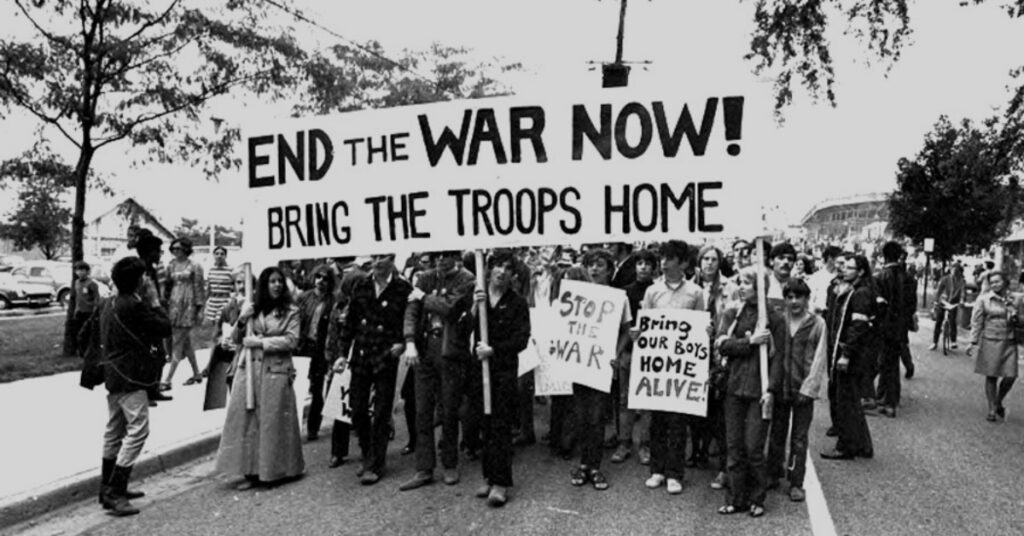
In 1942, Gandhi led the Quit India Movement against British rule. Meanwhile, the Muslim League suggested that Britain should “divide and then quit.” Negotiations between Gandhi and Viceroy Wavell, as well as between Jinnah and Gandhi in 1944, failed. After World War II, both the Muslim League’s push for Pakistan and Gandhi’s push for Indian independence increased the pressure on British Prime Minister Churchill. With the rise of American and Russian influence and growing unrest in India, Wavell called for general elections in 1945.
In the 1940s, Jinnah became a prominent leader for Indian Muslims, known as Quaid-e-Azam, which means “Great Leader.” In the 1945 elections for the Constituent Assembly, the Muslim League won 434 out of 496 seats reserved for Muslims, receiving about 87.5% of Muslim votes. They were pushing for the creation of Pakistan, threatening to secede if their demand was not met. The Congress party, led by Gandhi and Nehru, was strongly opposed to dividing India. It seemed increasingly likely that partition was unavoidable, as noted by Lord Mountbatten who said Jinnah was determined to achieve Pakistan no matter what.
American historian Stephen P. Cohen explains in “The Idea of Pakistan” that the desire for Pakistan was influenced by South Asian Muslim nationalism. He argues that British colonial policies and alliances with Hindus created divisions among Muslims. Many Hindus, feeling insecure, feared that a democratic India might lead to oppression of Muslims. The movement for Pakistan aimed to unite Muslims and create a state that represented their interests.
The 1946 Elections

In the 1946 elections, the Muslim League won the majority of Muslim votes and the seats reserved for Muslims in both the central and provincial assemblies. They did exceptionally well even in provinces where Muslims were in the minority, like Uttar Pradesh (UP) and Bihar, and they captured 429 out of the 492 reserved seats for Muslims. This election was essentially a vote on whether India should be divided to create Pakistan, and the Muslim League won that vote.
The Muslim League gained strong support from rural farmers in Bengal and landowners in Sindh and Punjab. The Congress party, which had previously denied the Muslim League’s claim to represent Indian Muslims, was now forced to accept this reality. The British had no choice but to listen to Jinnah, as he had become the main voice for Indian Muslims. However, the British didn’t want India to be divided and tried one last time to avoid this by proposing the Cabinet Mission Plan in 1946. This plan suggested a decentralized yet united India, which the Muslim League accepted but the Congress rejected. This disagreement pushed India towards partition.
Political Campaigns and Support
Punjab:
In Punjab, the Muslim League had to challenge the powerful Unionist Party, which had been successful in previous elections and had support from Hindus, Muslims, and Sikhs. The Unionist Party had a strong base in rural Punjab, with influence from landlords and religious leaders. After the death of Sir Sikander Hayat Khan in 1942 and the Unionist Party’s weakening, the Muslim League intensified its campaign by emphasizing religious differences and spreading fear of a “Hindu threat” in a united India.
The Muslim League worked hard to win over different groups in Punjab, including influential religious leaders known as Pirs. They used religious symbols and gatherings to gain support. They also addressed economic issues, as many returning soldiers from World War II were unemployed. The Muslim League promised solutions to these problems, which helped them gain more support.
By 1947, the Punjab Assembly voted in favor of Pakistan, leading to the migration of many Hindus and Sikhs to India, while Muslim refugees settled in Western Punjab and Pakistan.
Sindh:
In Sindh, the Sind United Party had promoted harmony between Hindus and Muslims and won many seats in the 1937 elections. However, tensions rose over economic and religious issues, such as disputes over a mosque. The Muslim League used these issues to gain support, and many Sindhi Muslims backed the Pakistan Movement, hoping it would improve their situation.
Even though the Muslim League had struggled in Sindh during previous elections, their efforts to win support from influential religious families, like the Pirs, helped them gain a strong foothold in the province by 1946.
North-West Frontier Province
In the North-West Frontier Province (NWFP), the Muslim League had little support. Here, the Congress party and Abdul Ghaffar Khan, a Pashtun leader, were strong advocates for a united India. Khan and his followers preferred joining India or, if that wasn’t possible, creating an independent Pashtun state rather than joining Pakistan.
The secular Pashtun leaders, including Abdul Ghaffar Khan and his Khilafat Movement supporters, wanted unity between Hindus and Muslims. However, tensions arose as some Muslim groups, including the Jamiat Ulema Sarhad (JUS), began to view Hindus as a threat. Anti-Hindu sentiments increased, with accusations of Hindu shopkeepers mistreating Muslim women and other controversies.
In 1947, the British held a referendum in the NWFP to decide whether the province should join Pakistan or India. The results showed overwhelming support for Pakistan, with 99% voting in favor. However, many Khilafat Movement supporters boycotted the vote, and there were reports of intimidation against Hindu and Sikh voters.
Baluchistan
Baluchistan was a Chief Commissioner’s province under British rule, not on equal footing with other provinces. The Muslim League, led by Jinnah, wanted reforms to bring Baluchistan up to the same level as other provinces. In the 1920s and 1930s, there were pro-Congress parties in Baluchistan, but the Muslim League gained strength over time.
A referendum was held in parts of Baluchistan to decide if they would join Pakistan. The results favored joining Pakistan, but there were disputes about whether all areas, especially the princely Kalat state, participated properly. Kalat initially hesitated but joined Pakistan on March 27, 1948, after negotiations. Some leaders in Kalat opposed this decision and fought against it until 1950.
Bengal
Bengal, where the All India Muslim League was founded, had strong support for the Pakistan Movement among its Muslim population. Key Muslim League leaders came from Bengal. After the partition of Bengal, there was violence, mainly in Kolkata and Noakhali.
Some leaders, like Huseyn Shaheed Suhrawardy, wanted Bengal to remain independent rather than joining either India or Pakistan. Although Jinnah supported Suhrawardy’s idea to some extent, the Indian National Congress decided to partition Bengal in 1947.
Rohingya Muslims
In the 1940s, Rohingya Muslims in western Burma wanted their region to join East Pakistan. They reached out to Jinnah for support. However, their request was ultimately rejected, and their ambition to join Pakistan did not come to fruition.
Role of Ulama (Islamic Scholars)
Islamic scholars played a significant role in supporting the Pakistan Movement. The Barelvi scholars supported the idea of Pakistan, issuing fatwas (religious decrees) in favor of the Muslim League. In contrast, many Deobandi scholars opposed the creation of Pakistan, advocating for a united multi-religious India.
However, a few influential Deobandi clerics, like Ashraf Ali Thanwi and Shabbir Ahmad Usmani, supported Pakistan. They helped rally religious support for the movement. Thanwi even dismissed criticisms of the Muslim League, arguing that it deserved support. Some Deobandi scholars were honored for their contributions to Pakistan’s creation, and their presence was notable in Pakistan’s early government.
Inspiration from the Pakistan Movement
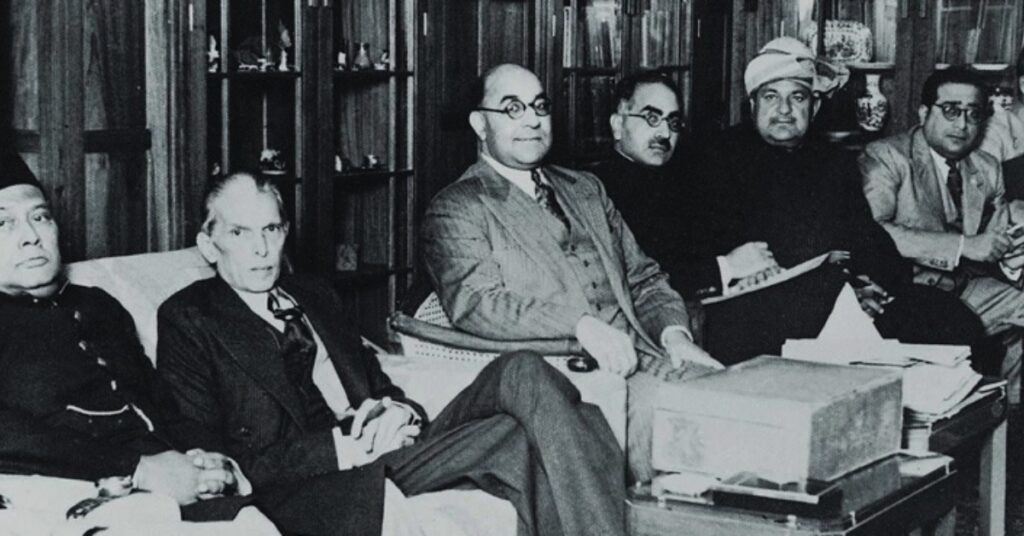
The Pakistan Movement has inspired various countries around the world. For example, South Sudan’s struggle for independence, which led to the separation from Sudan, is seen as similar to Pakistan’s movement. South Sudan is mainly Christian and animistic, while Sudan is primarily Muslim.
In Europe, Alija Izetbegović, who was the first President of Bosnia and Herzegovina, looked up to Pakistan as a model in the 1960s. This admiration influenced his ideas and later led to tensions with Serbs, who used these ideas against Bosniaks. In his book, Islamic Declaration, Izetbegović praised Pakistan as an example for Muslim revolutionaries everywhere.
Memory and Legacy
The Pakistan Movement holds a significant place in Pakistan’s history and culture. Its story is taught in schools and universities, and many monuments commemorate its key events. August 14th, the day Pakistan was founded, is a major national holiday celebrated with great enthusiasm.
The Minar-e-Pakistan in Lahore is a key monument that attracts many visitors and symbolizes Pakistan’s birth. Jinnah’s homes in Karachi and Ziarat are also popular sites for visitors.
Historian Vali Nasr suggests that the idea of Islamic universalism greatly influenced the Pakistan Movement and shaped the country’s sense of identity and patriotism. For many Pakistanis, Jinnah is seen as a leader comparable to Moses, and other founding figures of the nation are also highly respected.

